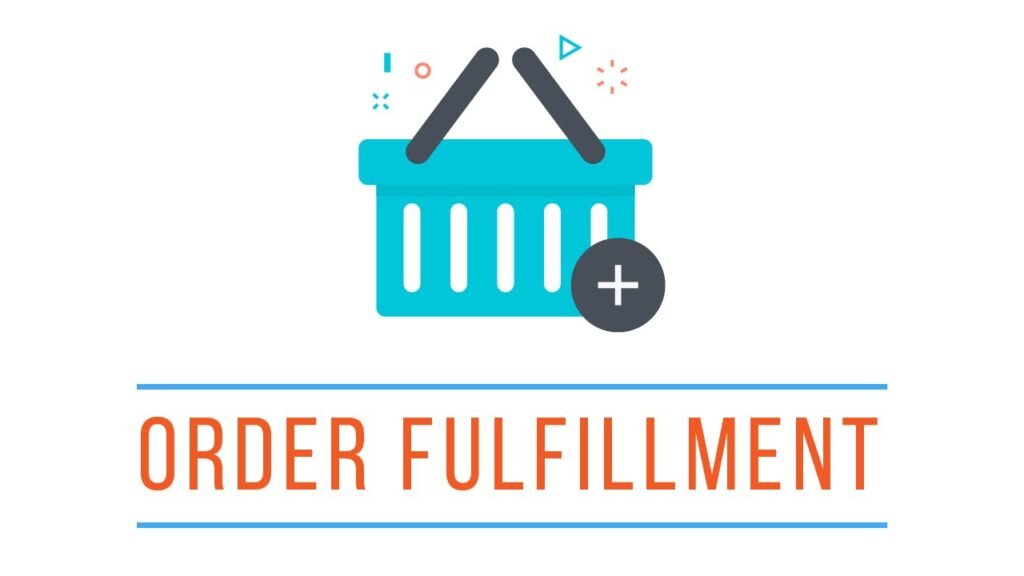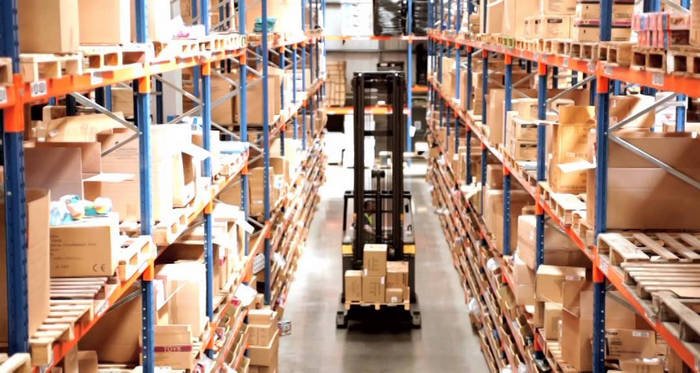What You Should Know About Order Fulfillment

Order fulfillment is what we live, breathe, and eat (okay, maybe not the eating part, but you get the idea). Even though order fulfillment is an essential component of eCommerce, few people understand precisely what it is and how it works… and we don’t blame them! After all, it’s not exactly a topic that the average buyer is familiar with.
We’ll be exposing the fulfillment industry in this piece, and no, gnomes and elves aren’t in charge of getting your orders to you on time. We’ll walk you through everything from the what to the why to the how. Soon enough, you’ll be a fulfillment pro in your own right!
What Is Order Fulfillment and Why Does It Matter?
To put it simply, eCommerce order fulfillment is the process of taking an order from the moment it is placed to the moment it is delivered. When you make an online purchase, the store you purchased from is now in charge of fulfilling your order and giving it to your door. There might be a lot of twists and turns along the route, which is why having the right fulfillment plan is essential for any successful company.
Order fulfillment, in general, entails:
- Receiving inventory.
- Storage and forecasting of inventory.
- Picking and packing (also known as order processing)
- Kitting and bundling of products (if applicable)
- Handling returns and shipping orders.
Order fulfillment is so critical to eCommerce that it would be impossible to operate without it – after all, customers buy things with the expectation of receiving what they request. After “purchasing,” fulfillment is the second step in a two-step equation, the “getting.”
What Is the Process of Order Fulfillment?
 We’re delighted you inquired! It all starts with a single button press. That button may say “Check Out,” “Buy Now,” “Place Order,” or anything similar. Regardless of the term, the goal is always the same: to complete a transaction and then bring that transaction out into the actual world. The gears of fulfillment are put into action as the fateful button is hit.
We’re delighted you inquired! It all starts with a single button press. That button may say “Check Out,” “Buy Now,” “Place Order,” or anything similar. Regardless of the term, the goal is always the same: to complete a transaction and then bring that transaction out into the actual world. The gears of fulfillment are put into action as the fateful button is hit.
To begin, there must be a way to track the details of a purchase, such as customer and product information, for fulfillment to occur. This can be done manually or, better yet, through a shopping cart and fulfillment software interface.
In the tech industry, integration is essentially a synchronization between two separate systems, which implies that everyone (and every system!) is on the same page.
It’s time to pick and pack once the order specifics have been received. Picking might be difficult in larger enterprises. Consider a company that 1) sells t-shirts and 2) has many SKUs or distinct t-shirt designs. In this instance, each SKU must be stored separately to avoid incorrect misspeaks or orders.
After selection, there’s packing, which we’ve all done at some point! The order fulfillment process, however, is a little more streamlined than quickly packaging presents on Christmas Eve. The picked order items are sent to a packing station, where a packer will choose the suitable packaging, including anything from boxes and mailers to bubble wrap and crinkle paper. Packing is also a wonderful moment to focus on brandings, such as using personalized tape and advertising inserts.
A shipping label is produced and placed on the package’s exterior once an order has been securely packed. Now is the time to ship!
Even though the shipment is usually handled by shipping providers (such as UPS and FedEx), it is still considered part of order fulfillment. Because whoever is in charge of fulfilling orders is also in charge of negotiating shipping rates, coordinating shipments, and transporting products to carriers, this is the case.
Order fulfillment does not end once an order has been successfully delivered to its new location. Order fulfillment significantly influences the post-purchase experience; returns, exchanges, mispicks, and shipping issues all fall under this umbrella.
What Are Your Alternatives?
ECommerce shop owners use three primary ways to get their customers’ orders chosen, packed, and dispatched.
Fulfillment in-house
As you might expect, in-house fulfillment involves fulfilling orders from the comfort of your own home. Alternatively, you might work out of a rented warehouse location. The point is that there is no outsourcing – the fulfillment process is handled entirely domestically.
Dropshipping
Dropshipping is a slightly different approach to eCommerce. It’s preferable to use an example to explain this one.
Fulfillment services are outsourced.
Order fulfillment handled by a third party is known as outsourced fulfillment. It’s everything we just talked about, except it’s all handled by a third-party firm (also known as a 3PL).
As an online shopper, you’ve likely made a purchase completed by a firm other than the one from whom you made the transaction. Because outsourced fulfillment is designed to be as frictionless as possible, including adhering to corporate branding to the letter, you probably didn’t notice it.
That’s (very much) all there is to know about order fulfillment! Even though no gnomes or elves are involved in fulfilling your orders, the software and people who can make it all happen are magical in their own right.
We hope we’ve helped you recognize the benefits of (excellent) order fulfillment, whether you’re an online shopper, a business owner, or both!
